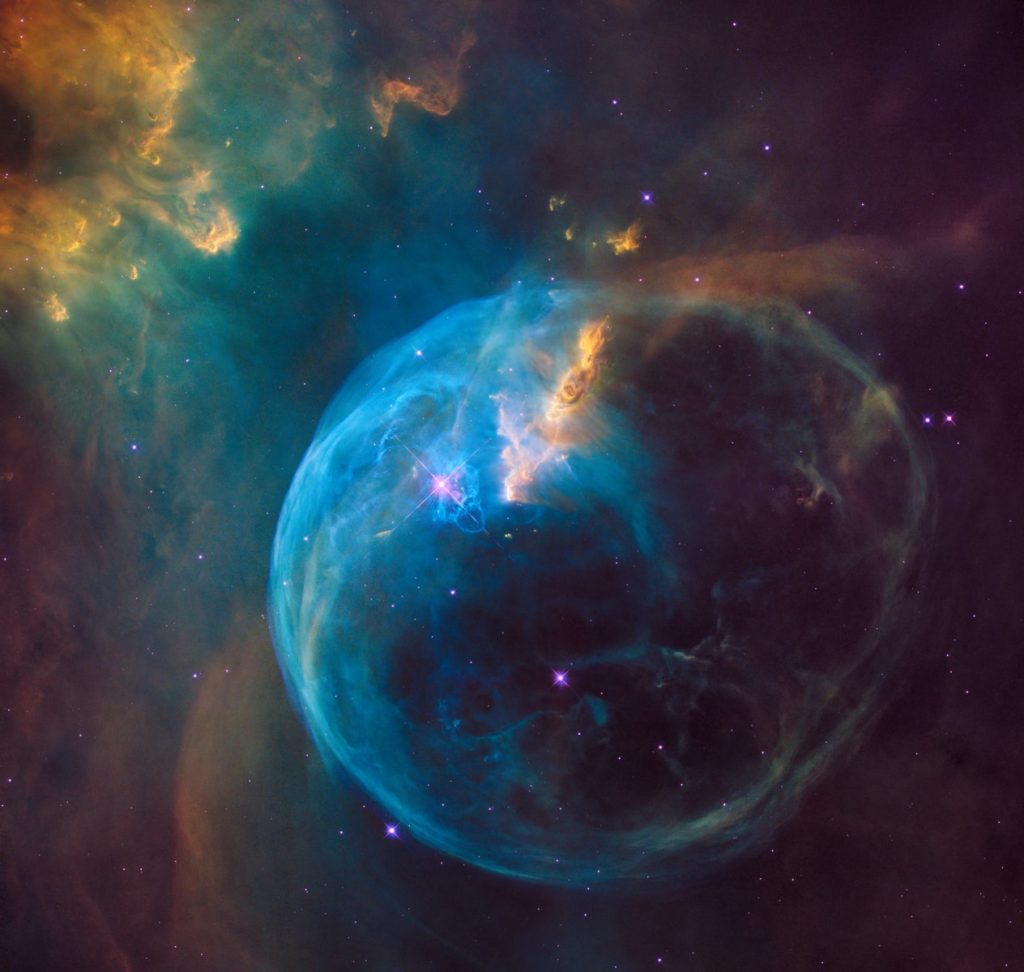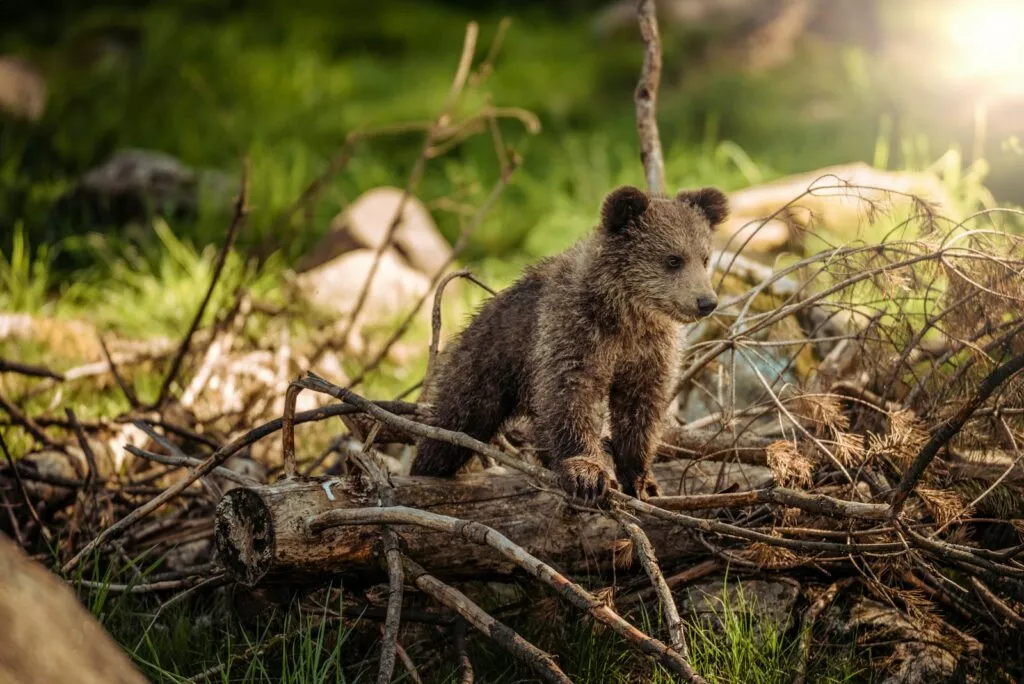The James Webb telescope continues to redefine our understanding of space and at such a rate that we can barely keep up with its discoveries.

We got word last week that the telescope possibly recorded the oldest galaxy ever. But that’s not all. Since that time, we’ve learned that there is actually a slate of candidates vying for that title as the now-iconic photograph of a small sliver of space filled with galaxies offers up other examples of really, really old galaxies.
Here we have to make a fine point about what we mean by “oldest galaxy.” It is the “oldest light,” not the oldest galaxy we have ever seen or, as CNET explains, “It's maybe the oldest light we've ever detected but it's probably a very young galaxy, no more than a 100 billion years into its life (an important distinction). It's also important to note GL-z13 is currently just a ‘candidate’ that requires further investigation — the data is pretty good, according to astronomers I've spoken with — but further observations would help tick it off as the record holder.”
Scientists measure this using redshift which takes into account the constant expansion of the universe since the Big Bang, stretching out those wavelengths such that “When you stretch the light we can see with our eyes, that stretching shifts it toward a redder wavelength. In this case, infrared. Webb is designed specifically to capture this light,” CNET writes.
There is a numerical component to all of this, known as the z value, and the higher that is, the older the light is. The original contender nicknamed Glassy (GL-z13) has a z value of approximately 13 while new candidates such as one named “Maisie” has a z value greater than 14 while another has a value of 16.7 or “250 million years after the Big Bang.”
Still, even with the competition, there are a lot of scientists rooting for Glassy to be the oldest light captured because we need to verify these claims and, so far, it seems to have sufficient data around it to do just that according to a quote from Michael Brown, an astrophysicist at Monash University.
It’s amazing to think that we’re just at the beginning of this journey with the James Webb telescope and that it is already giving us such amazing data about the universe around us. We can’t wait to see what’s next.
What do you think the future holds as far as the James Webb Telescope is concerned? Let us know in the comments.
Check out some of our other photography news on Light Stalking at this link right here.
[CNET]




